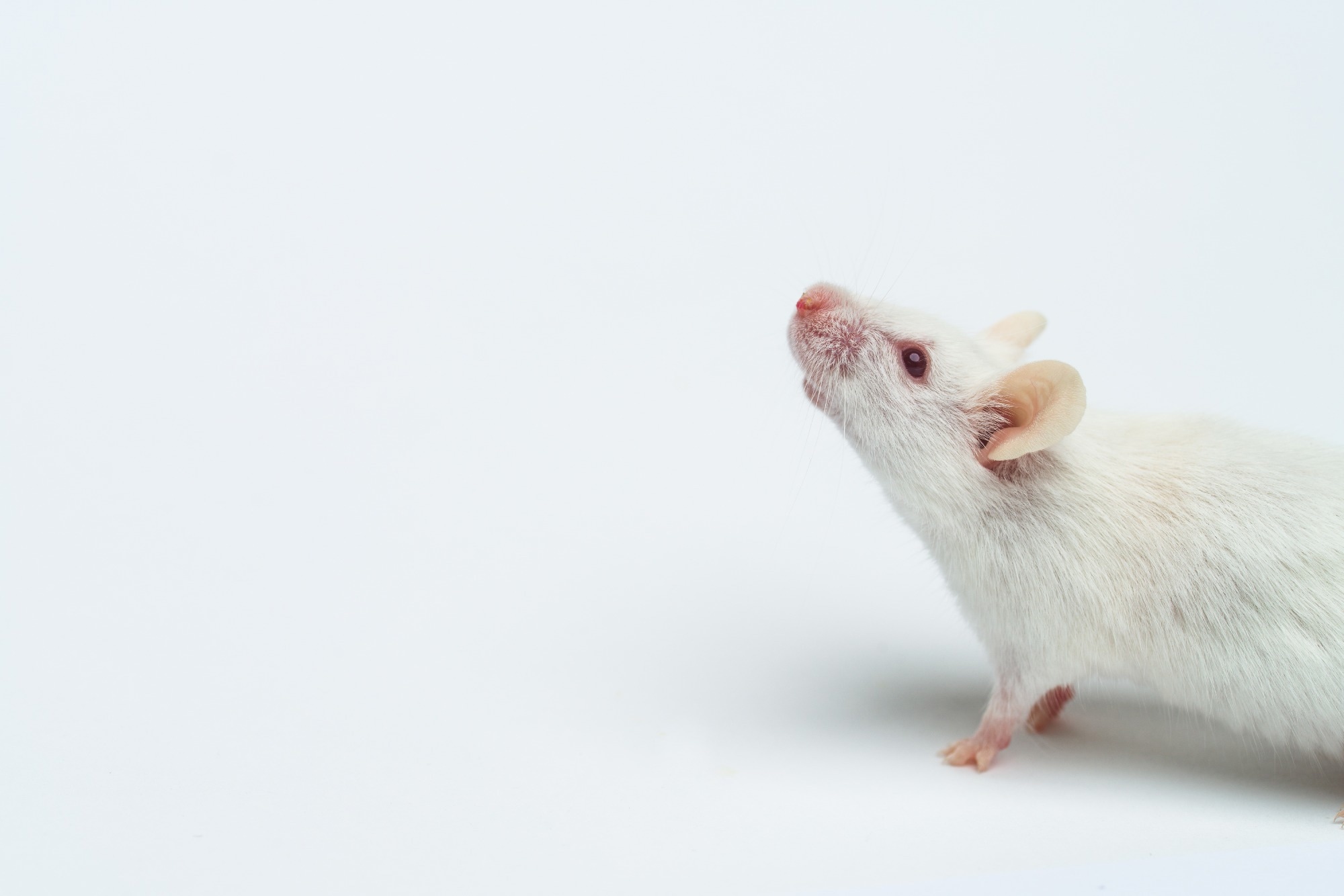Reviewed by Frances BriggsOct 3 2025
A team of scientists at Johns Hopkins University and the University of Pennsylvania has created a multimodal system that integrates two sophisticated optical methods to visualize retinal structure and oxygen metabolism in living mice.
 Image Credit: Egoreichenkov Evgenii/Shutterstock.com
Image Credit: Egoreichenkov Evgenii/Shutterstock.com
The retina uses oxygen at one of the highest rates among all tissues in the body, and interruptions in its oxygen supply are associated with vision-threatening conditions such as glaucoma, age-related macular degeneration, and diabetic retinopathy.
However, researchers have faced challenges in noninvasively assessing oxygen levels at the intricate scale of retinal capillaries, where initial disease alterations frequently take place.
The new study, published in Neurophotonics, combines visible light optical coherence tomography (VIS-OCT), a 3D imaging technique of microanatomy tissue, with phosphorescence lifetime imaging scanning laser ophthalmoscopy (PLIM-SLO), which offers accurate assessments of oxygen partial pressure (pO2) in blood vessels.
The researchers administered a specially designed probe (Oxyphor 2P) to the mice, which modifies its phosphorescence lifetime in response to varying oxygen levels to perform the oxygen measurements.
The team determined pO2 values at the level of individual capillaries by directing controlled light pulses at the eye.
The VIS-OCT channel captures high-resolution images of the retinal layers and blood-flow patterns. The two systems were synchronized to collect data through the same optical pathway, ensuring that the oxygen measurements and structural images were spatially aligned.
Experiments conducted on healthy mice demonstrated that the system could monitor variations in retinal oxygenation in relation to varying levels of inhaled oxygen. As anticipated, arterioles displayed higher pO2 levels than venules, while capillary measurements generally fell within this range.
The recorded data corresponded with systemic blood oxygen saturation, generating oxygen dissociation curves that aligned with established hemoglobin physiology. Notably, the device was able to concentrate on different retinal depths to clarify local capillary measurements.
The dual-channel system provides a robust new instrument for examining alterations in retinal oxygen supply due to disease and treatment by concurrently capturing anatomical data and oxygen tension.
The authors emphasize that this method is noninvasive, enabling repeated assessments in the same subject over time. It could be used in mouse models of retinal disease to explore the role of microvascular dysfunction in vision impairment, without causing the animals harm.
The ability to image simultaneously is important in enhancing and confirming fully label-free VIS-OCT oximetry by correlating the accurate PLIM-SLO pO2 with the aligned VIS-OCT channel.
The researchers propose that with further add-ons, such as the implementation of adaptive optics for clearer images, the device could lead to advancements in diagnostics and monitoring techniques for ocular disease.
Journal Reference:
Nolen, S., et al. (2025) Multimodal retinal imaging by visible light optical coherence tomography and phosphorescence lifetime ophthalmoscopy in the mouse eye. Neurophotonics. doi.org/10.1117/1.NPh.12.3.035015